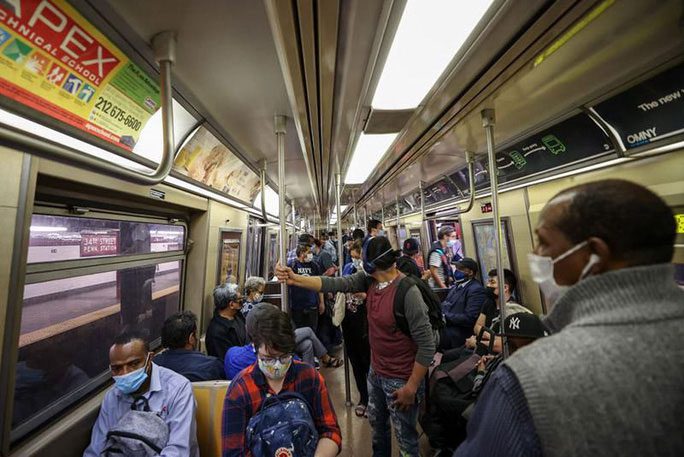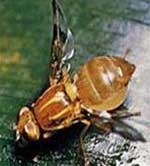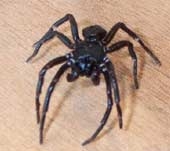According to a recent study published in the journal Cell, thousands of types of bacteria and mysterious viruses have been found clinging to the surfaces of items in subway and bus systems across various countries.
More than 900 scientists and volunteers have participated over the years in sampling surfaces such as seats, barriers, door handles, and ticket counters from 60 subway and bus systems worldwide.

Passengers on the subway in New York City, USA, on May 24.
According to Smithsonian, by wiping and soaking the surfaces, the research team collected DNA from microorganisms that had lived and died on those surfaces. Each surface was sampled for about 3 minutes, just enough time to collect DNA without causing discomfort to passengers.
As a result, scientists discovered 4,246 known species of microorganisms, of which two-thirds are bacteria, while the rest include fungi, viruses, and other microorganisms. Notably, the study confirmed that 31 types of bacteria are present in almost every city. About half of these are commonly found on the human body, particularly on the skin, while others are typically found in mud and water.
Each city has a different set of microorganisms, allowing scientists to predict which city any given sample belongs to with up to 88% accuracy.
“In the future, more extensive research could be beneficial in the field of forensics,” said Christopher Mason, the lead researcher.
The study also discovered 748 types of bacteria and 10,928 types of viruses that had never been identified before. “Most of them are not a concern for humans. However, these findings could provide new methods for monitoring public health or identifying potential antibiotic drugs,” the research team stated.
Although not part of the research team, Dr. Adam Roberts from the Liverpool School of Tropical Medicine highly praised the new findings: “They have done a fantastic job compiling all this data. I believe the data will continue to be analyzed for decades to come.”





















































